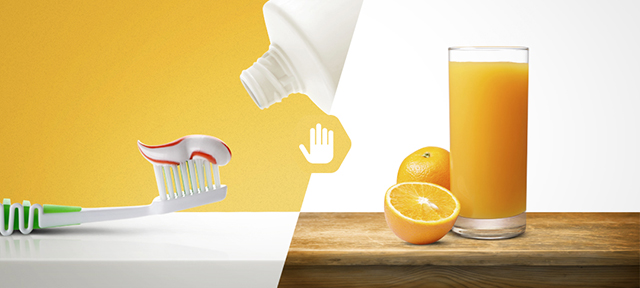Dental fillings –
what you need to know
When you have a cavity
in your mouth, your dentist may suggest you get it filled,
so all thanks to
technological advances, dentists and patients today have several
choices when it comes to selecting materials to fill cavities. But still
one of the most
common misconceptions we find in dentistry,
is that most people think that all white
fillings are the same. This is far
from the truth.
There are fundamentally two types of white
fillings, porcelain and resin. We often
compare the different between porcelain fillings and resin fillings to
the difference
between your plastic picnic plates versus your fine china dinnerware.
They are like chalk
and cheese, totally different products.
In terms of terminology plastic white filling can be referred to
composite or resin.
Porcelain fillings are often called inlays, ceramic. Both types of
restorations utilize the
same blue light, it is
used to set hard the cement material. The
resin is placed in soft and set
hard with
the light, whereas the porcelain restorations are hard prefabricated filling
that is
bonded
into the cavity. When a filling is on the larger size requiring corners or what
is termed as
cusp
replacements. We always recommend porcelain reconstruction of the tooth to
ensure that
you are
not back in the dental chair fixing the same tooth again anytime soon.
Porcelain or Ceramic fillings have excellent
aesthetics. It restores natural appearance of the tooth. These fillings are
more resistant to staining than composites. Compare to silver fillings they
offer a metal-free alternative to your filling needs. For those concerned with
environmentally conscious dentistry and to limit their exposure to metal
toxins, then ceramic fillings are a viable alternative to filling your
cavities.
Again comparing to metal fillings Ceramic fillings is generally much more
resilient and less susceptible to their metal counterparts. The porcelain
material commonly used in ceramic fillings can last more than 15 years and,
additionally, are typically much stronger then the silver used in metal
fillings, consequently providing greater protection from the filling breaking
and the need to have then repaired.
At I DENT, both options of white
fillings are readily available. It’s a matter of working out
with you which
option best suits your expectations and budget
.




